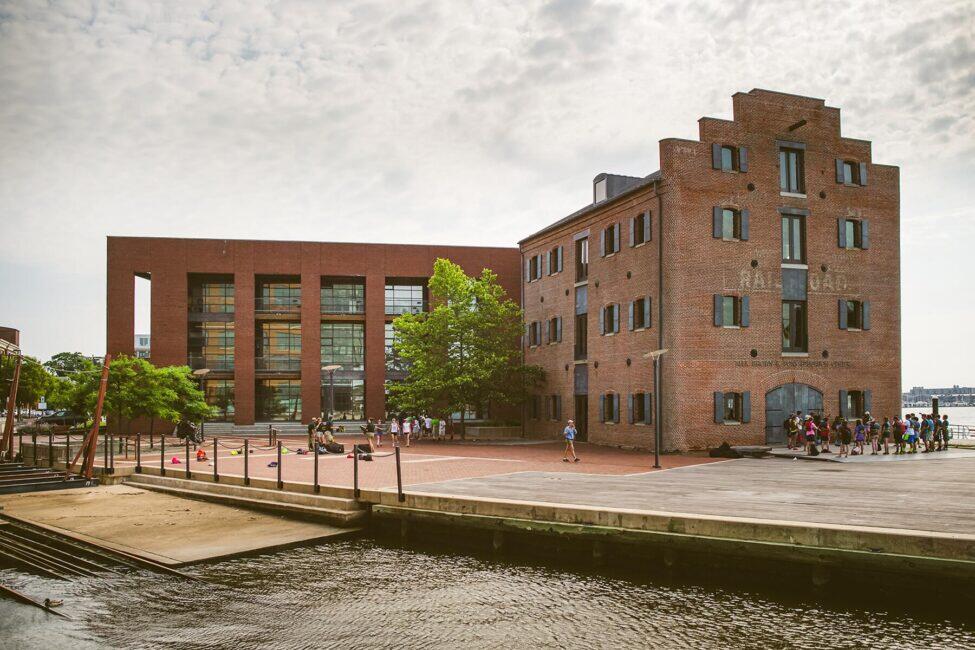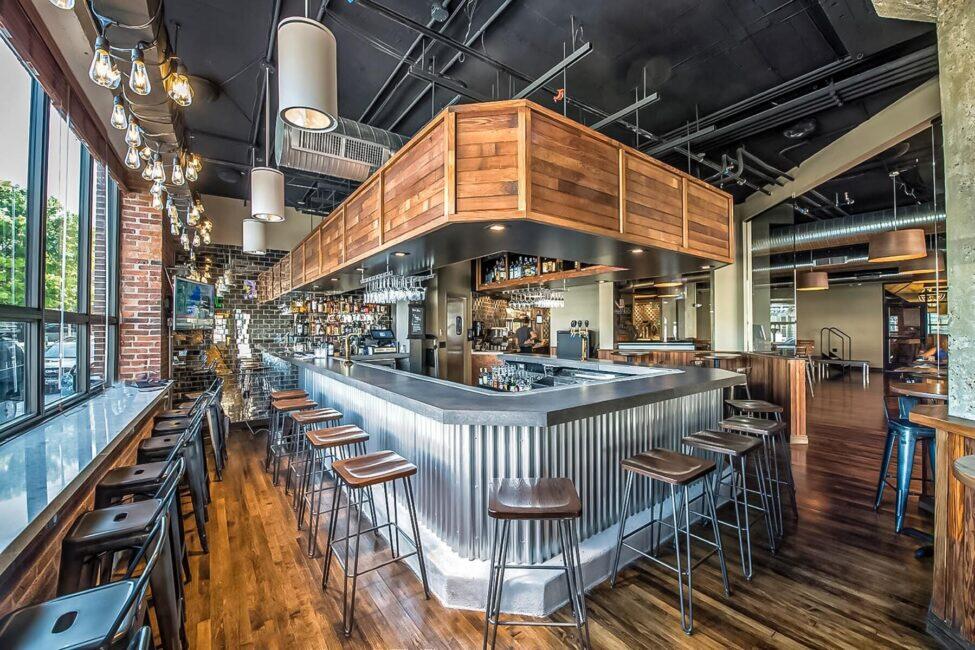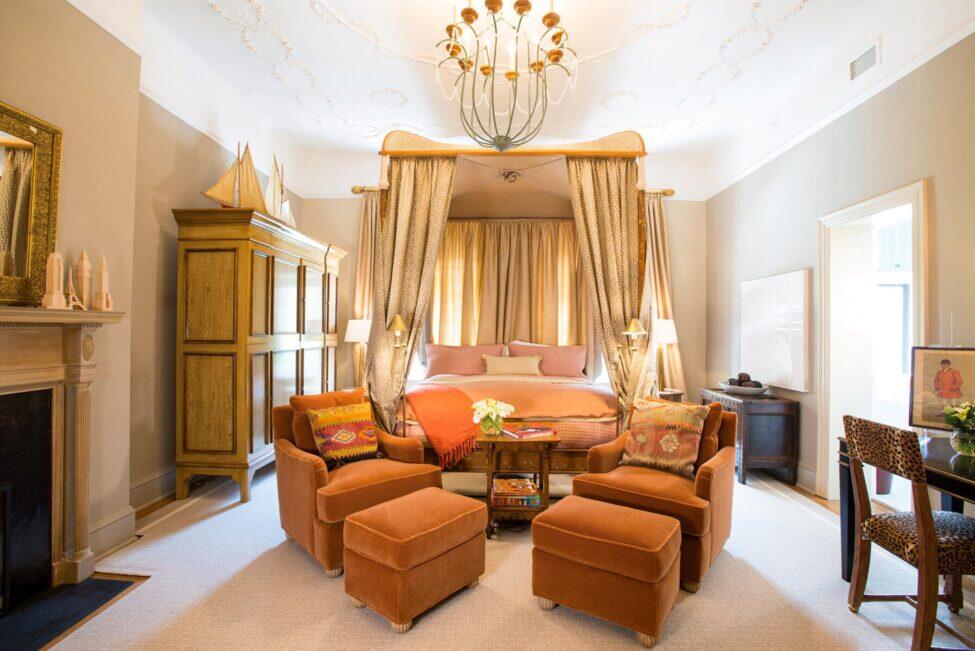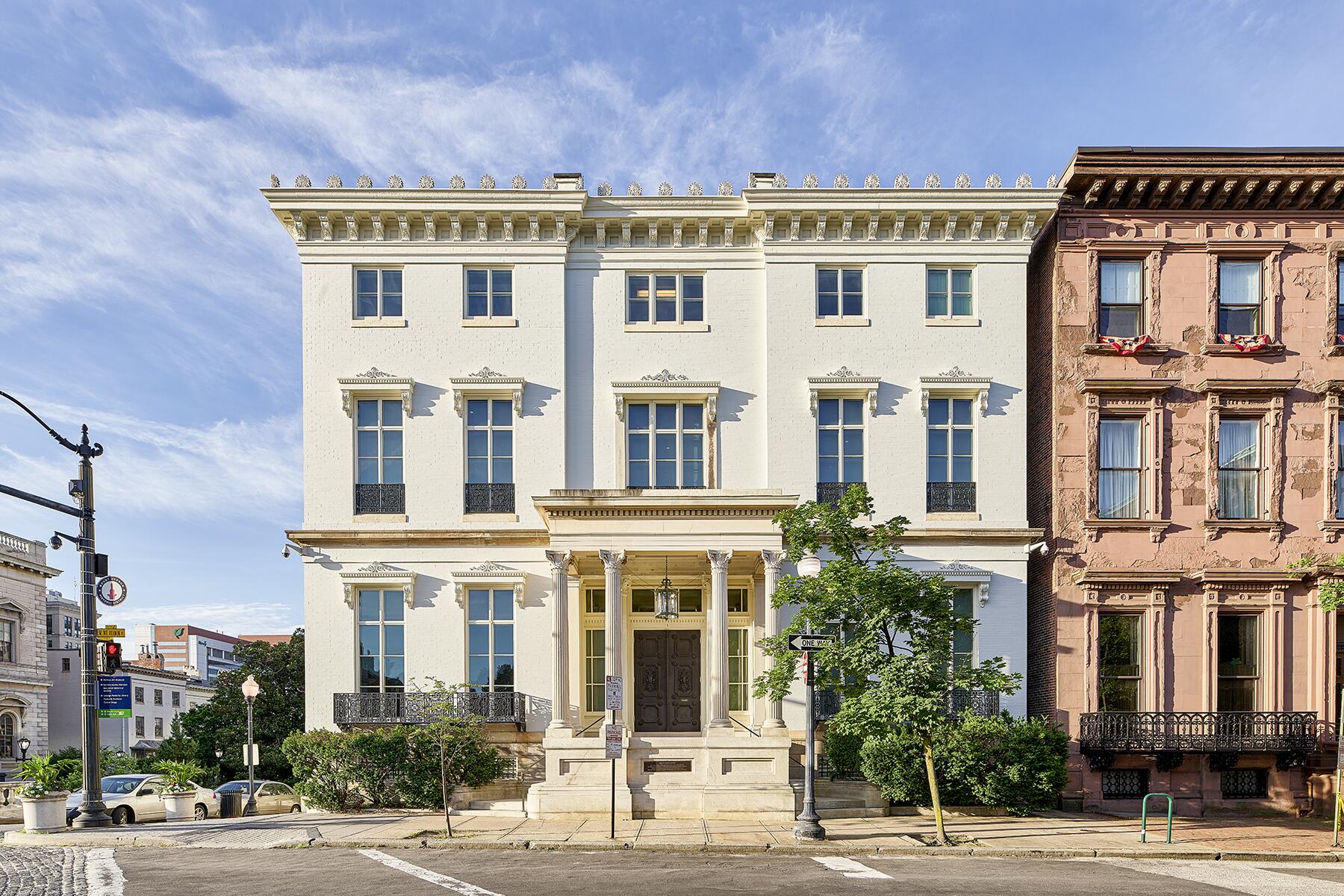African American culture is thriving in Baltimore, thanks to creative artists and entrepreneurs who are determined to see their city win.
Despite what is widely reported about the staggering crime rate and urban blight in Baltimore, the proud port city’s rich African American history—where Frederick Douglass worked on the docks before he fled North to freedom, where Billie Holiday spent much of her childhood, and where Thurgood Marshall, the nation’s first African American U.S. Supreme Court Justice, was born and raised—can’t be overshadowed. Perhaps in lieu of effective political leadership, a new wave of creatives and entrepreneurs are helping to shift the narrative about this still thriving hub for Black art and culture.
“Baltimore’s a beautiful place with a lot of strong roots. I definitely don’t think people would come here and not have a good time. Every city has its issues and disparities, but it’s also Charm City for a reason,” says restaurateur Jasmine North. When North opened The Urban Oyster in 2019 (it began as a pop-up at farmers’ markets)—a laid-back eatery in McHenry Row—she became the first female and Black owner of an oyster bar in Maryland. The Baltimore native also does her part to pay it forward. “Redevelopment or gentrification, however you want to put it, is happening,” she says. “We don’t have the money or the legislation to stop it. And in some cases, it’s a good thing. My goal is to either be the presence and representation of Black people in these development projects or have the information to help someone else.”
Recommended Fodor’s Video
In search of a creative community, artist and producer Elissa Blount Moorhead relocated her family from the rapidly gentrifying, brownstone-lined Bedford-Stuyvesant section of Brooklyn. Settling in the Victorian row home dotted Reservoir Hill neighborhood in West Baltimore, Moorhead recruited several of her artist friends from New York City and Oakland to move to the comparatively affordable area and form “an intentional community.” “I think artists can do everything,” she says.
“My hope is that the creative arts is the lead for job development, education, and health. And that the arts can make Baltimore a viable place for the people who have been here since Emancipation, the people who built it.” The mother of two has created public art, exhibitions, and cultural programs in New York, Jamaica, and London. Her exhibition at the Baltimore Museum of Art (running March 1-June 28) stems from the BMA’s 2020 Vision initiative to showcase exhibitions by diverse female-identifying artists.
“We wanted to take a look at healers and healing modalities and what that looks like to us. It’s really about how in the face of experimentation, abuse and extraction we have managed to still heal ourselves in ancient and futuristic ways,” Moorhead says of “Back and Song,” the meditative four-channel film and art installation she created with Oscar-nominated cinematographer Bradford Young.
Another artist exhibiting at the BMA is award-winning photographer SHAN Wallace, who was motivated by the murder of unarmed Florida teenager Trayvon Martin in 2012 and the death of Freddie Gray three years later in Baltimore City police custody to focus her lens on racial injustice. “When the Freddie Gray uprising happened, I saw how so many media outlets from around the country came to Baltimore and told a story through their gaze, and not at all through the gaze of the people who occupy space and live and pay taxes in Baltimore. First hand, I saw misrepresentation of Black people in Baltimore and of Baltimore [in general],” says Wallace.
“I used social media and my camera as a way to provide accessible information to my community. That opened an opportunity for me to provide information for other media outlets — and it came from a person who lives in Baltimore, who is Black and from poverty.” The East Baltimore native’s intimate photographic installation, “410,” (showing March 1- June 28) is a love letter to the beauty, complexity, and resilience of her hometown. In conjunction with this exhibition, Wallace will also engage Baltimore audiences through portrait sessions and workshops at the BMA’s Lexington Market branch. “After the protests and the trial, all the noise stopped and people went back to living their lives. For me, I’m invested in Black people and I wanted to continue the work and make an impact,” she says.
“As I continued to take photos, it opened up space for me to teach and mentor students, for me to provide copies of images and create bodies of works and archives of Black people. I saw how important it was for me to share the knowledge I have with students in middle school—to not only show them a Black person in power, but to show them that they matter and that they are worthy of art.”
Where to Absorb Black History

A Smithsonian Affiliate, Reginald F. Lewis Museum highlights the history and accomplishments of Maryland’s African Americans and features over 400 years of history in its Permanent Collection. The Frederick Douglass and Isaac Myers Maritime Museum recounts the history of the first black-owned shipyard in the United States, and engages visitors with interactive boat building activities. And The National Great Blacks in Wax Museum, America’s first wax museum of African American history and culture, features more than 150 life-size and lifelike wax figures.
Where to Eat

Sip 30 varieties of loose leaf tea, coffee beverages using locally roasted beans and house-made sangria at Teavolve. Head to Land of Kush for vegan and vegetarian comfort fare. Enjoy scrumptious baked goods, soups, and sammies at Kora Lee’s Gourmet Dessert Café. Dine on soul food with a modern flair at Ida B’s Table. And savor handmade sweet potato biscuits from the mobile Blacksauce Kitchen.
Where to Shop

Black women-owned shops worth a visit are the whimsical Maud + Co; trendy clothing and accessories carrier Katwalk Boutique; Oyin Handmade for natural hair, body and grooming products; and small-batch candle maker Letta Moore’s KSM Candle Co.
Where to Stay

Owned by philanthropic couple Eddie and Sylvia Brown, The Ivy Hotel is the only Relais & Chateaux property in Maryland. Set in a reimagined mansion in downtown Baltimore’s historic Mount Vernon neighborhood and steps from The Walters Art Museum, the tony boutique hotel features 18 individually designed rooms, well-appointed public spaces, a small luxury spa, and Magdalena, one of Baltimore’s premier restaurants. Avid art collectors, the Browns have donated millions to the Baltimore Museum of Art and are committed to increasing the representation of art by African American artists in the country’s top cultural institutions.



